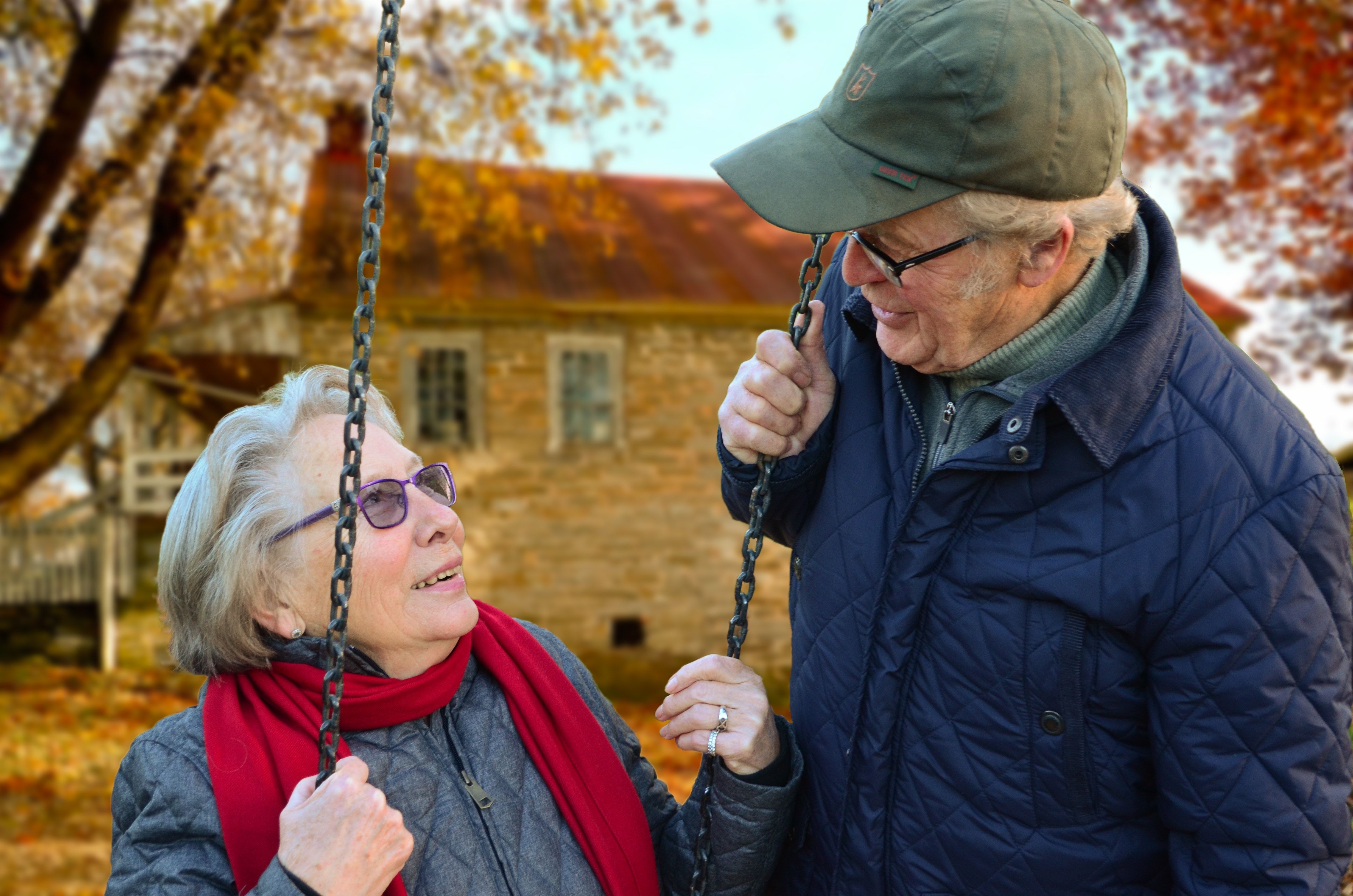Article
Identifying Shared Depressive Disorder Risk Factors Among Older Couples May Help Reduce Rates
Author(s):
The results show depressive disorders in the first cohort were associated with a nearly 4-fold higher risk of depressive disorders in the spousal cohort.
Credit: Pixabay

By identifying the shared risk factors of depressive disorder among older couples, investigators might be able to help reduce the risk of spouses within this growing population.1
A team, led by Ji Won Han, MD, PhD, Department of Neuropsychiatry, Seoul National University Bundang Hospital, identified the shared risk factors for depressive disorder in couples, as well as their mediating roles in the shared risk of depressive disorders among older adult couples living in South Korea.
“Depression in older adults is associated with decreased functional status, low perceived quality of life, increased use of medical services, decreased adherence to treatment plans, and higher admission rates to long-term care facilities,” the authors wrote. “Previous studies have shown that having a partner with depression may increase an individual’s risk of depression (1.58-fold to 2.08-fold). This spousal concordance of depression has been explained by assortative mating, cohabitation effects, and emotional contagion.”
The Study
In the nationwide, multicenter, community-based cohort, the investigators assessed 956 older adults from the Korean Longitudinal Study on Cognitive Aging and Dementia (KLOSCAD), as well as a cohort of their spouses (KLOSCAD-S) between January 1, 2019 and February 28, 2021.
The study included 385 women and 571 men with a mean age of 75.1 years, as well as their spouse’s with a mean age of 73.9 years.
The investigators sought main outcomes of the mediating roles of shared factors in couples on the association between one spouse’s depressive disorder and the other spouse’s risk of depressive disorder using structural equation modeling.
Risk Factors for Depressive Disorder
The results show depressive disorders in the first cohort were associated with a nearly 4-fold higher risk of depressive disorders in the spousal cohort (odds ratio [OR]. 3.89; 95% confidence interval [CI], 2.06-7.19; P <.001).
Overall, the results show the spouses of participants with depressive disorder were older, were more likely to have a higher medical illness burden and cognitive disorder and had less social-emotional and tangible support than the spouses of participants without depressive disorder.
However, social-emotional support helped mediate the association between depressive disorders in the first cohort and their spouses’ risk of depressive disorders by itself (β = 0.012; 95% CI, 0.001-0.024; P = .04; mediation proportion [MP] , 6.1%). This was also found for the chronic illness burden (β , 0.003; 95% CI, 0.000-0.006; P = .04; MP , 1.5%).
Finally, chronic medical illness burden (β = 0.025; 95% CI, 0.001-0.050; P = .04; MP = 12.6%) and the presence of a cognitive disorder (β = 0.027; 95% CI, 0.003-0.051; P = .03; MP = 13.6%) mediated the association of depressive disorders.
“The risk factors shared by older adult couples may mediate approximately one-third of the spousal risk of depressive disorders,” the authors wrote. “Identification of and intervention in the shared risk factors of depression among older adult couples may reduce the risk of depressive disorders in the spouses of older adults with depression.”
References:
Han JW, Yang HW, Bae JB, et al. Shared Risk Factors for Depressive Disorder Among Older Adult Couples in Korea. JAMA Netw Open. 2023;6(4):e238263. doi:10.1001/jamanetworkopen.2023.8263




